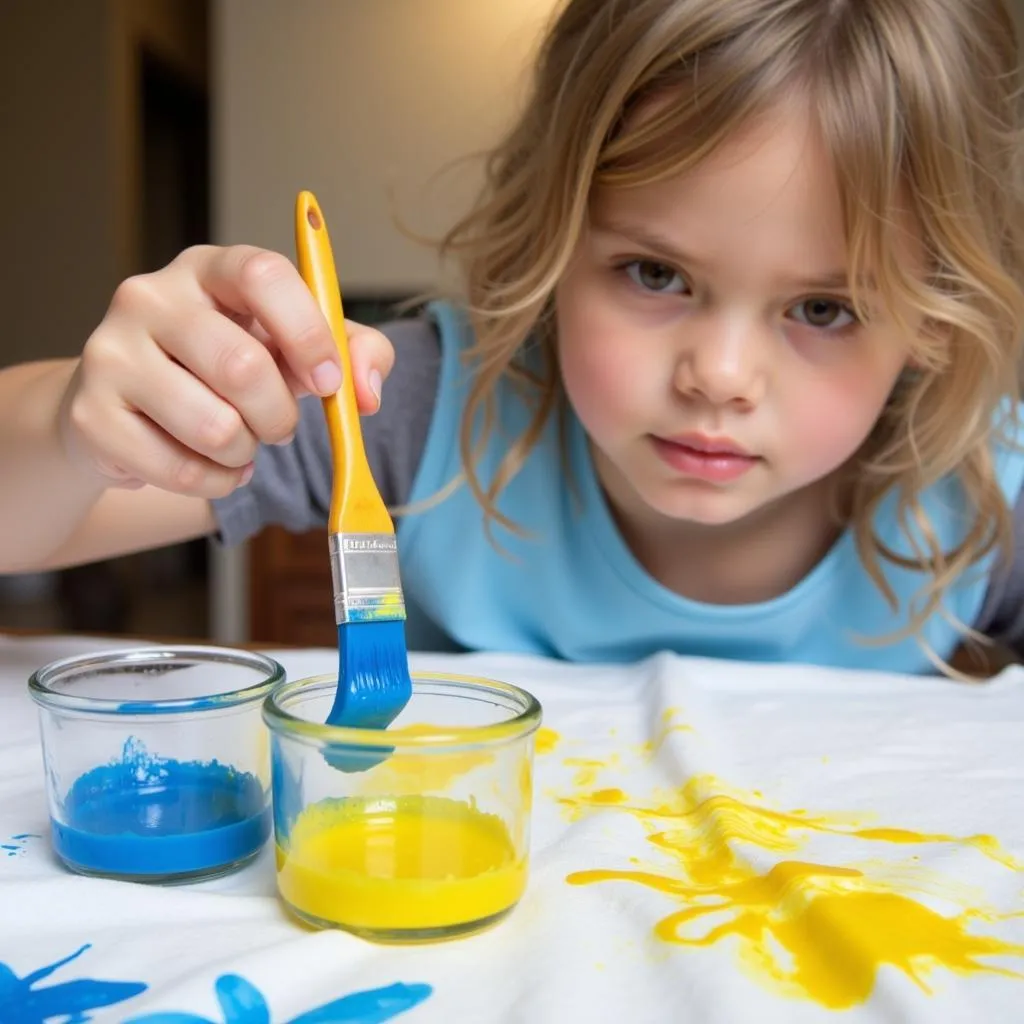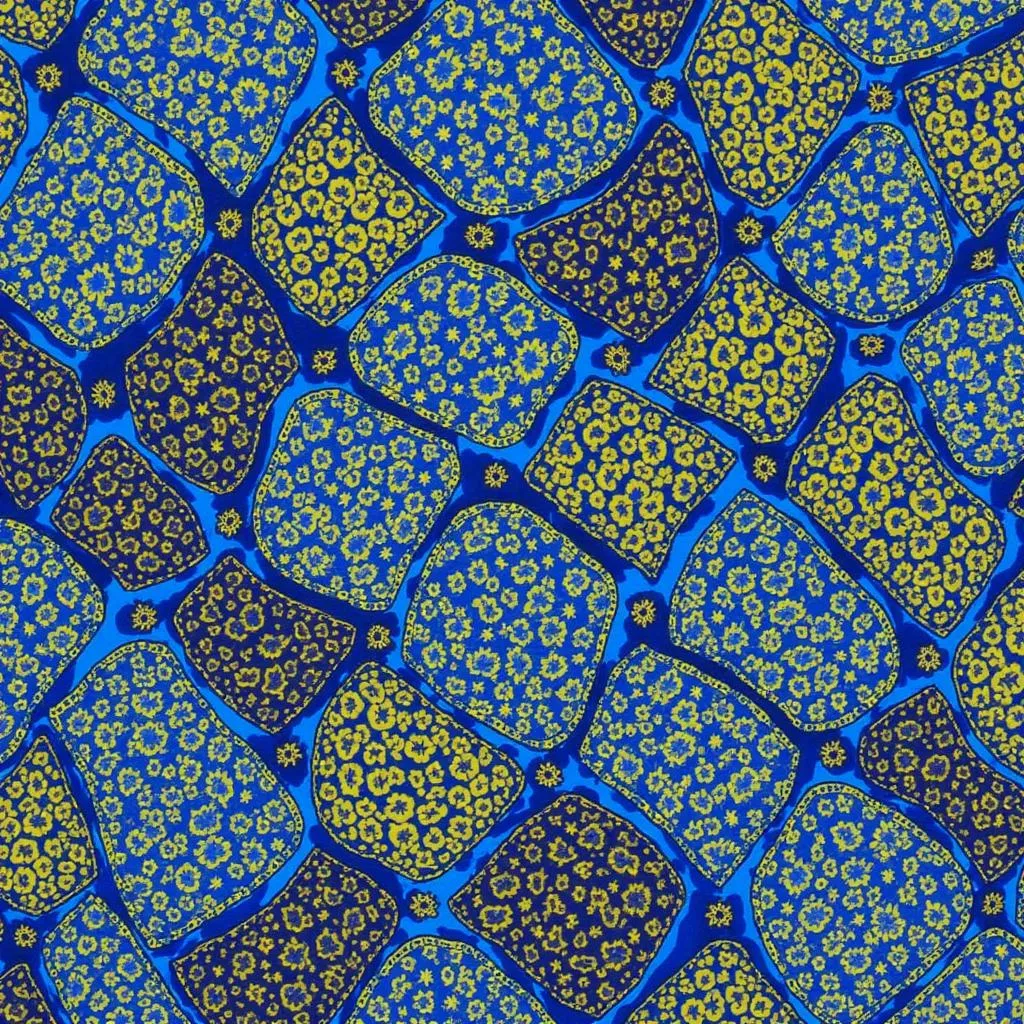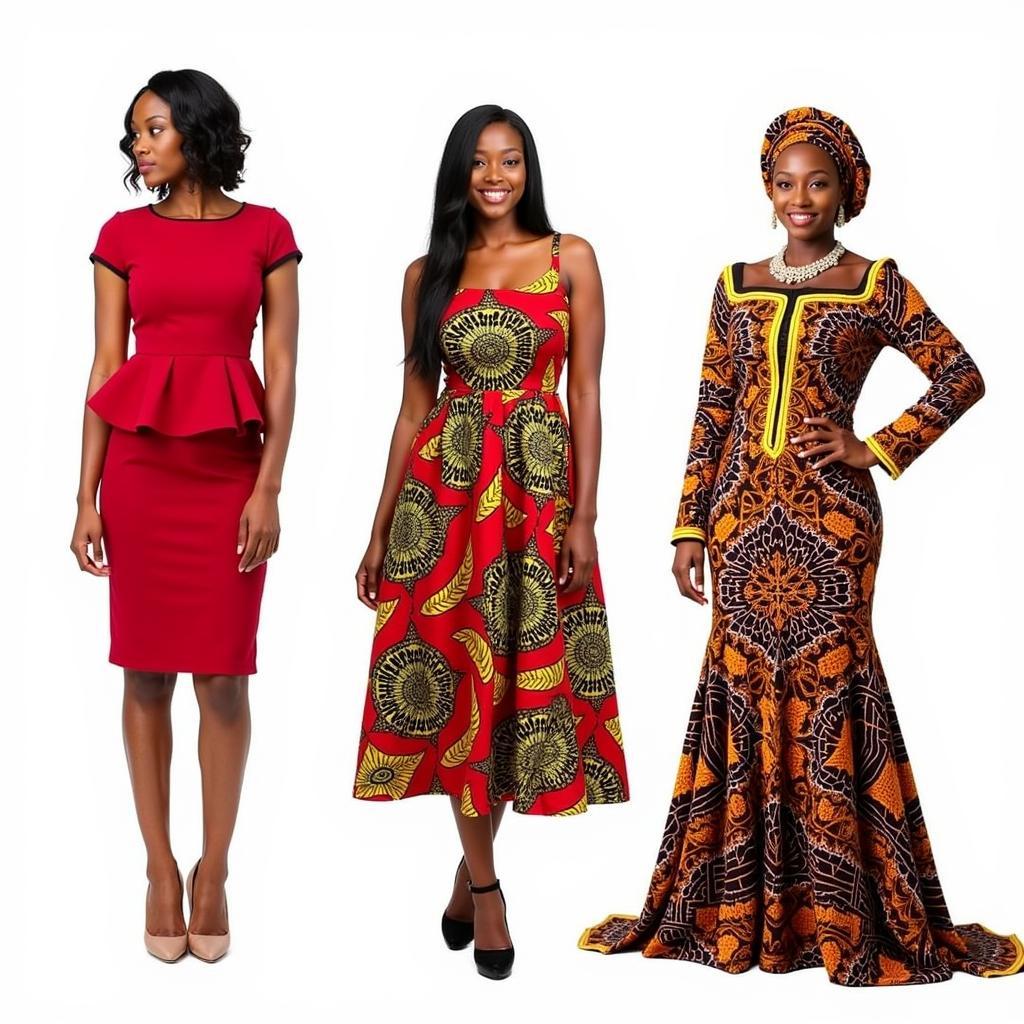Discover Africa: Fun Batik Activities for Kids to Learn 2 Colors
African batik, a vibrant and intricate textile art form, offers a fantastic opportunity for kids to explore the world of colors and patterns while learning about African culture. With just two primary colors, children can embark on a creative journey, discovering the magic of color mixing and creating their own unique batik masterpieces.
Unlocking Creativity: The Beauty of Batik for Kids
Batik, originating from Indonesia, has been embraced by various African cultures, each adding its unique flair and symbolism to the art form. The process involves applying wax to fabric to resist dyes, creating intricate patterns and designs. For young learners, batik with two colors offers a simplified yet engaging introduction to this ancient technique.
Choosing Your Colors: A World of Possibilities with Two
Selecting the two primary colors is the first step in this colorful adventure. Encourage children to think about their favorite colors or colors that represent something special to them. Classic combinations like blue and yellow, red and yellow, or red and blue offer a wide spectrum for exploration.
 Child Concentrates on Painting Batik with Two Primary Colors
Child Concentrates on Painting Batik with Two Primary Colors
Primary Colors: The Building Blocks of Color Theory
Using primary colors as a starting point provides a valuable lesson in color theory. As children mix these colors on fabric, they witness firsthand how new colors emerge. The mixing process becomes an exciting experiment, fostering observation skills and an understanding of color relationships.
Simple Batik Techniques for Little Artists
Several batik techniques are suitable for young children, ensuring a safe and enjoyable experience:
- Sponge Printing: Dip sponges cut into simple shapes into the two chosen colors and press them onto the fabric to create patterns.
- Brush Painting: Using large brushes, children can paint directly onto the fabric, experimenting with lines, shapes, and color blending.
- Crayon Resist: White crayons act as a resist, preventing the dye from penetrating the fabric. Children can draw designs with the crayon before applying the dye for a unique effect.
Bringing Africa to Life: Design Inspiration for Kids
Africa’s rich cultural heritage provides a wealth of inspiration for batik designs.
Animals of the Savannah:
Encourage children to depict their favorite African animals using simple shapes and the two chosen colors. Lions, elephants, giraffes, zebras, and a myriad of other creatures can come to life on their batik creations.
Geometric Patterns:
Many African cultures are renowned for their intricate geometric patterns. Introduce children to these patterns and guide them in recreating simplified versions using their chosen colors.
 Close-Up of Colorful African Batik with Geometric Patterns
Close-Up of Colorful African Batik with Geometric Patterns
Learning Beyond Colors: The Value of Batik for Child Development
Engaging in batik activities provides numerous benefits for children beyond just learning about colors:
“Batik fosters creativity, problem-solving skills, and fine motor development in young learners,” says Dr. Abena Osei, an art therapist specializing in traditional African art forms. “The process encourages patience, focus, and a sense of accomplishment as children see their creations come to life.”
A World of Learning: Exploring African Culture Through Batik
The vibrant art of batik serves as a captivating gateway to introduce children to the diverse cultures of Africa.
- Storytelling through Art: Encourage children to research and learn about different African countries and their unique batik traditions.
- Symbolism and Meaning: Discuss the symbolism often found in African batik patterns, such as animals representing strength or geometric shapes representing unity.
- A Celebration of Diversity: Highlight the beauty and diversity of African art and how it reflects the continent’s rich cultural tapestry.
Conclusion: Embark on a Colorful Adventure with African Batik
Introducing children to African batik with two colors opens up a world of creativity, cultural exploration, and learning. From color mixing to exploring patterns and symbols, this art form provides a fun and engaging way for young minds to connect with the beauty and heritage of Africa. So gather your materials, unleash your imagination, and embark on a colorful batik adventure!
